On Saturday, April 14, science advocates from across the globe took to the streets on the one-year anniversary of the March for Science. The inaugural march, which took place in April of 2017, drew enormous crowds of protesters fighting for public policy reform; the main event took place in Washington D.C., but there were satellite protests in hundreds of cities spanning all seven continents — including Antarctica. Although this year’s March for Science did not reach the same epic magnitude as its predecessor, it nonetheless played a central role in shifting the national conversation toward the intersection of science and government.
Though the March for Science began as a single event, it has transformed into a full-time advocacy group urging politicians to examine reputable research and consider empirical evidence before enacting legislation. According to its website, “The March for Science organization empowers a global community of science supporters for nonpartisan advocacy in service of equitable and effective science and science policy.” It has partnered with hundreds of other organizations in order to convince public officials of the sweeping support that science-backed policy possesses, from the American Association of Physics Teachers to the Nature Conservancy. In addition, the March for Science has founded several outreach programs in hopes of sparking community interest in science and opening discourse between experts and citizens.
President of Pleasant Valley High School’s Future Physicians of America club, Sophia Xiao, regards the strides made by the March for Science as crucial for students, teachers and community members alike. “I support the March for Science,” Xiao told the Shield. “It’s important to have a holistic perspective for political issues.”
This year, much of the March for Science’s initiatives have shifted from large-scale demonstrations to smaller, grassroots approaches. For instance, in Berlin last year, over 10,000 people gathered at Brandenburg Gate, touting homemade posters and singing a song about intellectual freedom. But according to Sciencemag.org, though the rallies were a massive hit, “[a]fter the 2017 success, another march might have become a ‘poor copy’ that might even hurt the cause.” Instead, for 2018, march organizers came up with a novel idea known as Kieznerds, which translates to neighborhood nerds. They approached several coffee shops and bars throughout the city, asking them to host a panel of scientists, who would answer questions and speak with curious locals.
“I think it’s a great way to foster communication between different groups of people, which is always a good thing because people can gain different perspectives,” said senior Abby Davison. “It’s also good for breaking down stereotypes that scientists never interact with people or just stay in their labs.”
Despite the fact that the March for Science did not enjoy the same widespread media coverage as it did last year, there is no doubt that the movement is still doing important work in drawing attention to the key function of scientific studies in contentious debates such as gun control or the lead poisoning in Flint, Michigan. By incorporating well-researched, fact-based evidence into potential laws, policymakers can make more informed decisions about the issues that matter most to their constituents.



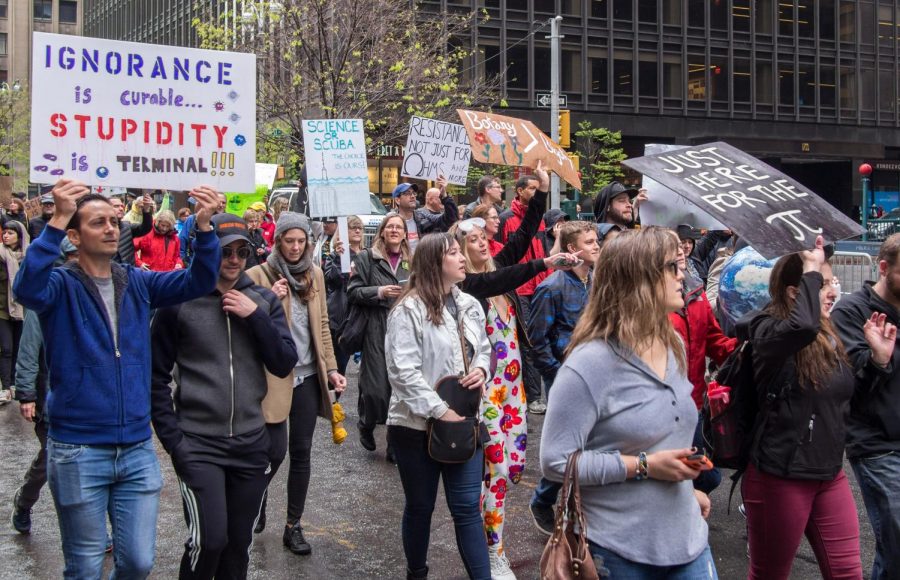




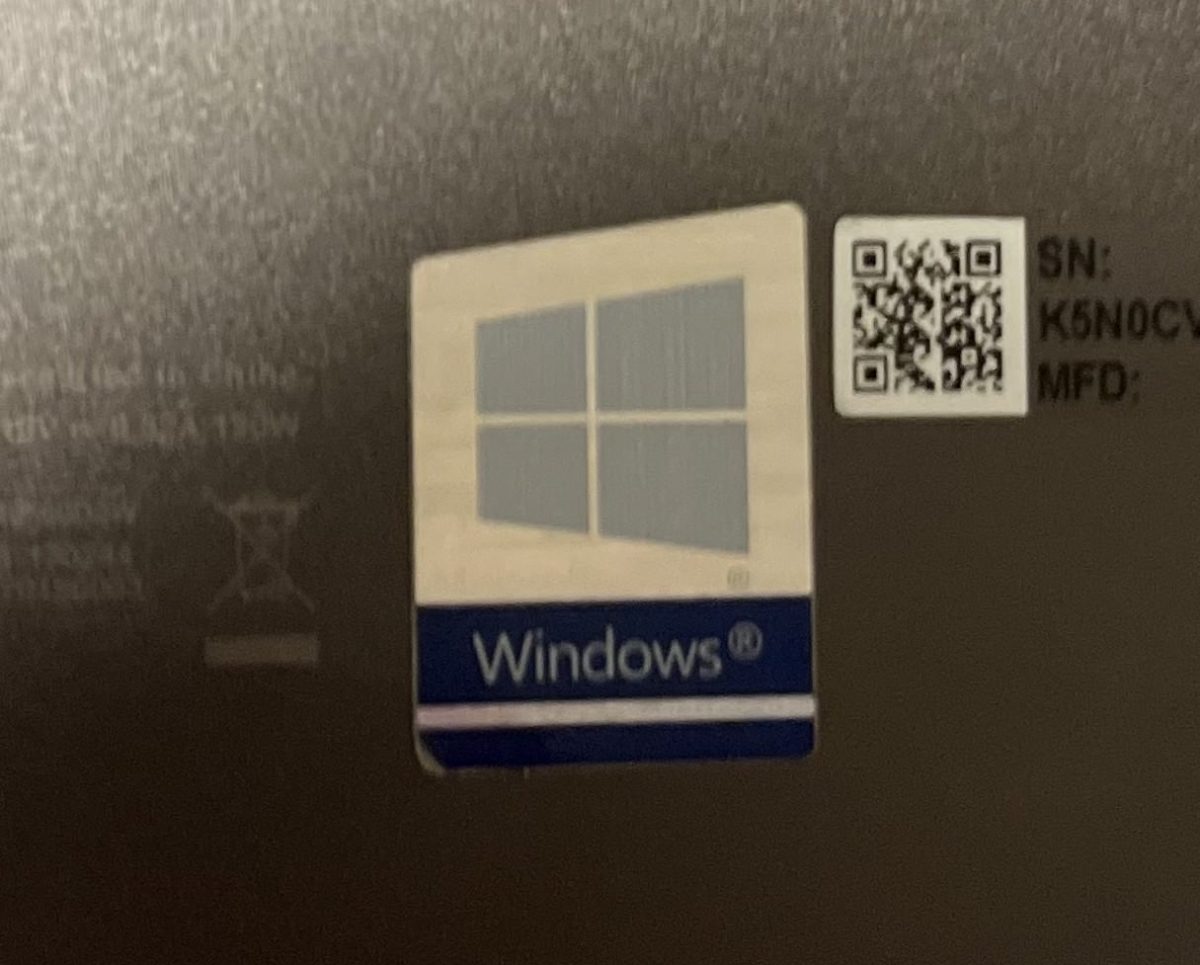
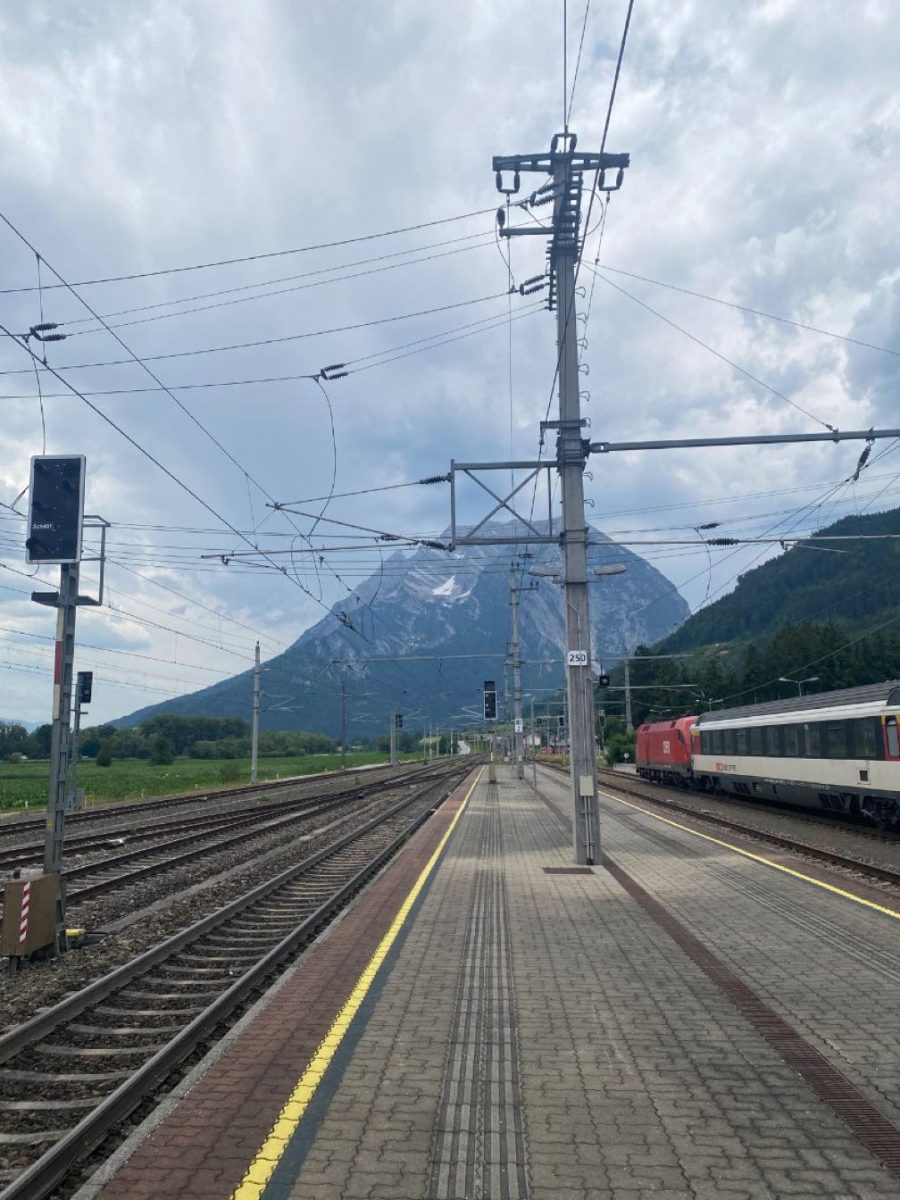

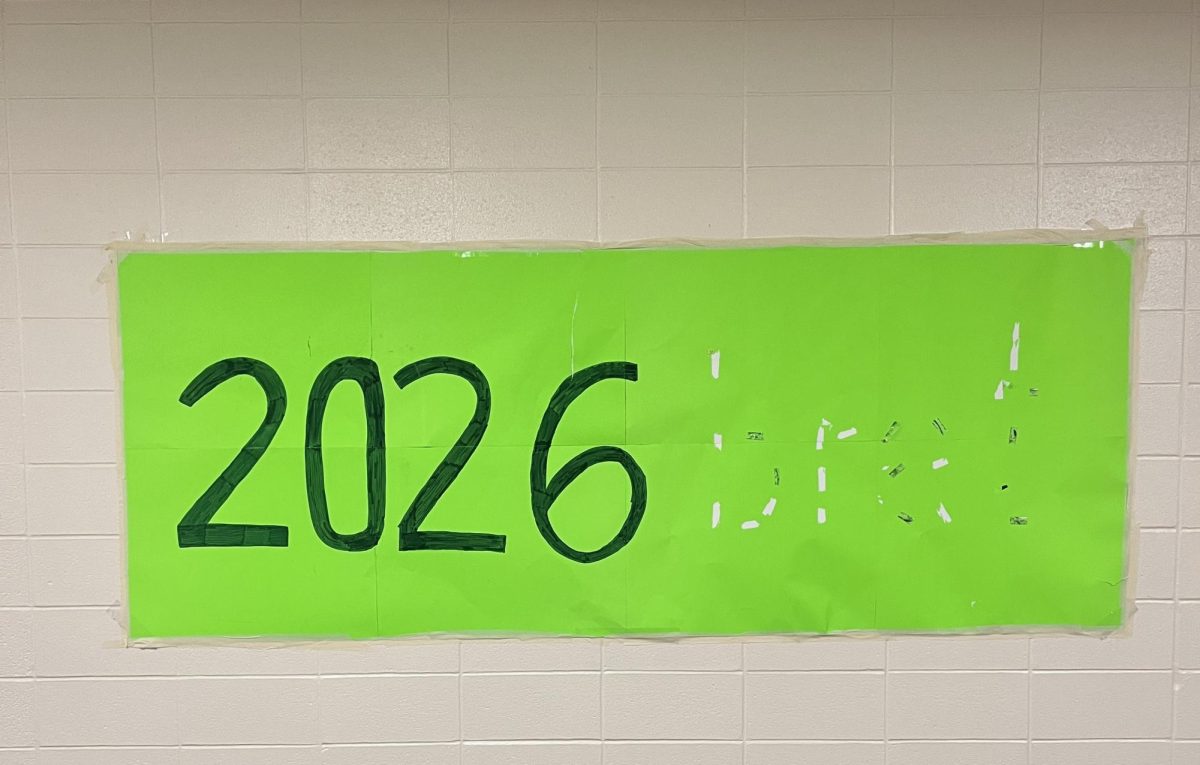



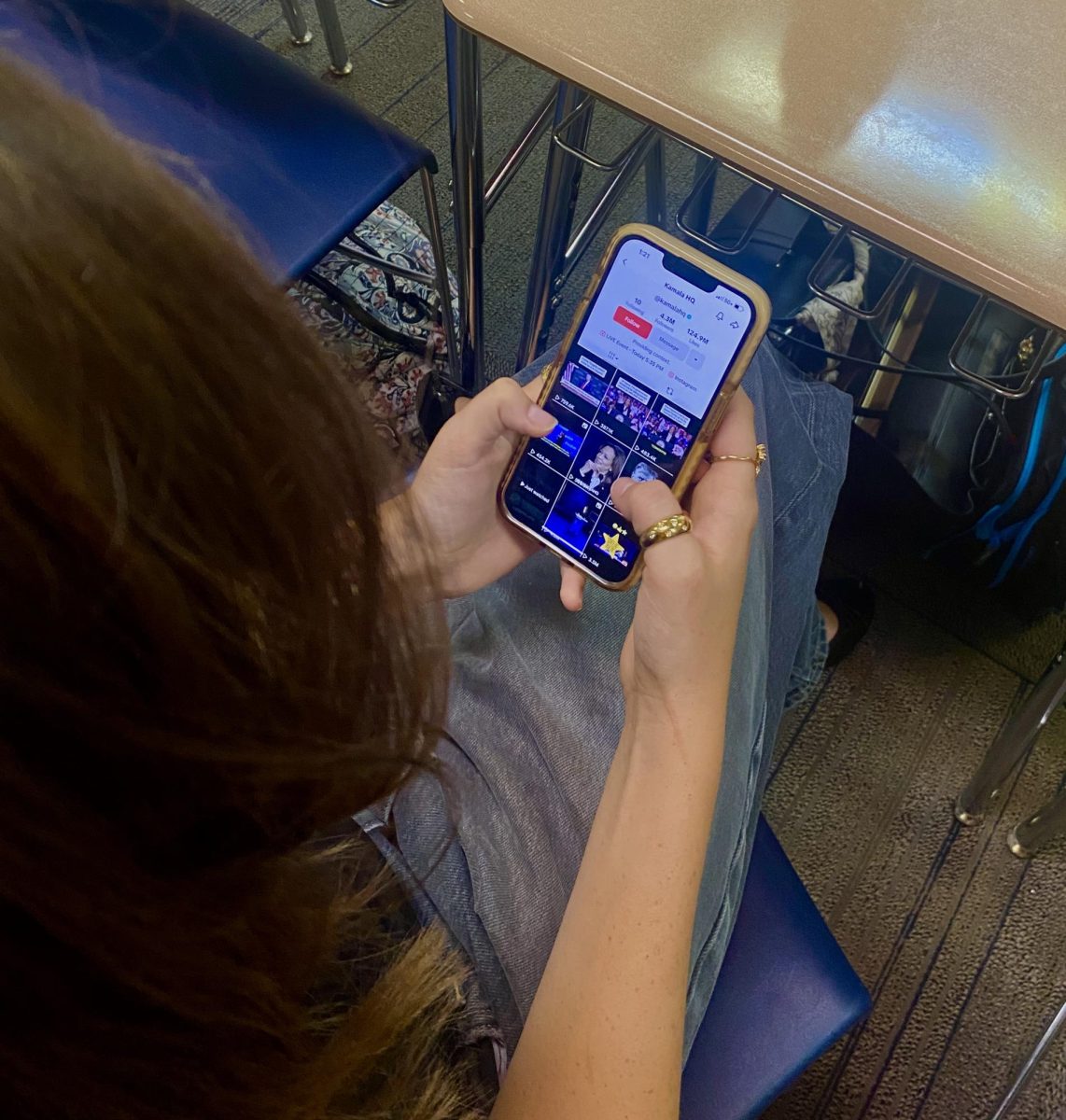

Cassidy Sorenson • May 2, 2018 at 4:48 pm
Very informative article! I did not know about a march for science before reading this.